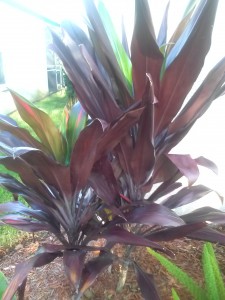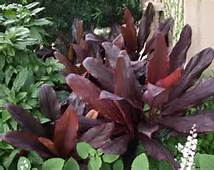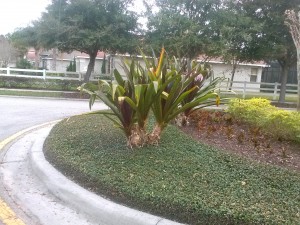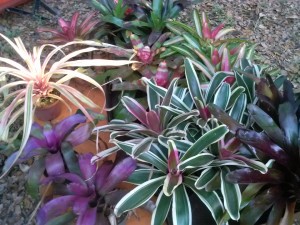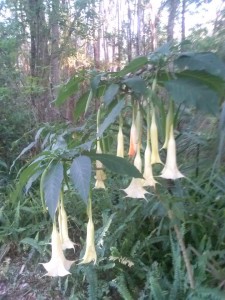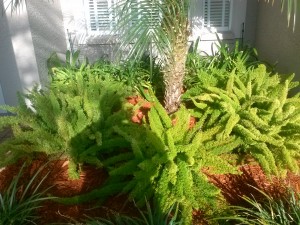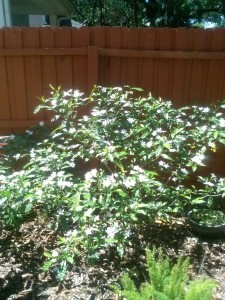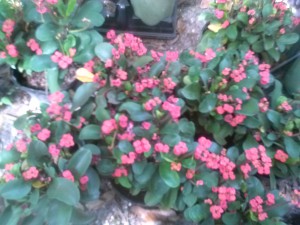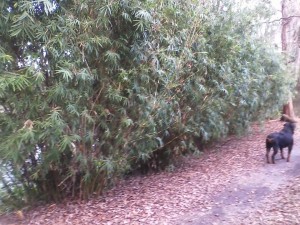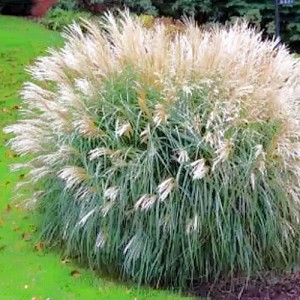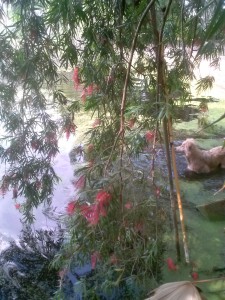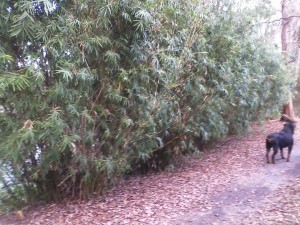
There may be many reasons why you might want to add a privacy barrier to your Tampa landscape. Perhaps you would simply like some privacy! Or, you might need one as a sound barrier next to a noisy street, or to block out a street light that disturbs your sleep. Maybe the local teenagers cut through your yard on their way to the park, or your neighbors have an unkempt yard that offends your view. No matter the reason, a privacy barrier can be one of the best landscape investments that you can make.
When selecting the types of plants that you might like to use, you need to keep a few things in mind: it should be a plant that is hardy and permanent; you need to understand the maintenance requirements and preferred planting site of the selected plant(s); and you must make sure that you have the space for a privacy barrier.
Primarily, you want to make sure that the privacy barrier will live for many years. Given it's function in the landscape, if the plant that your select is prone to freeze damage, you have the potential to lose your privacy hedge in any given winter. A good example of this would be using plants like Bougainvillea or Hibiscus, that could potentially be killed or freeze burned to the ground, and you will have to wait many years for them to grow back. If you would still like to use plants such as these, consider adding a few so that you get the look that you like, but do not rely on them as a permanent plant.
Secondly, make sure that understand the growth habit of your desired plant(s) for the privacy barrier. Some plants like Podocarpus can be trimmed as a more narrow and upright hedge, but plants like Dwarf Bamboo will need plenty of side room to grow. Also, while some plants are versatile in their sunlight and soil preferences, others may not be. One example is Ligustrum, which prefers sunlight and well-drained soil, but will be thinned out in too much shade or may get root rot in soils that are too moist.
Lastly, make sure that you truly understand the ultimate growth habit of the privacy barrier plants that you select. If you can determine the height of the privacy barrier that you desire, you can try to select plants that will ultimately stop growing at near that preferred height. Otherwise, you should at least try to understand the maintenance level that it might take to keep a plant at 10' when it really wants to grow to 20'. Ask yourself how many times a year will I have to trim it, and does that schedule mesh with what I willing to do in my landscape?
Fortunately, there are many wonderful plants that you can select from to create your privacy barrier. While some plants grow very slowly (like Chinese Fan Palm), others grow very quickly (such as Sweet Viburnum). Depending upon your budget and the urgency of the privacy barrier, you may be able to buy smaller plants (3 or 7 gallon size) and let them grow. Conversely, if you need an instant privacy barrier, you will have to purchase plants that are several years old, and have a much higher price tag.
Any of these plants will work for your Tampa landscapes, just be sure to understand their ultimate growth height and spread, preferred planting conditions, and typical maintenance schedule:
- Dwarf Bamboo, varieties such as Golden Goddess, Fern Leaf, and Alphonse Karr
- Chinese Fan Palm
- Areca Palm
- Roebellini Palm, in select situations due to limited growth height
- White Bird of Paradise
- Fishtail Palm
- Bottlebrush tree, single trunk or multi-stem
- Podocarpus
- Sweet Viburnum (Viburnum odoratissimum)
- Red Cedar
- Eleocarpus
- Ligustrum tree
- Holly, many varieties
Any of these plants would make a welcome addition to your landscape, either in a grouping or hedge, or as a solitary plant. As well, many of them can be mixed together in a pleasingly cohesive design that can create a privacy barrier that doesn't look like a "wall". As always, half of the fun of landscaping is experimenting, so if you do your homework, and understand the nature of the selected plant(s), you will be amply rewarded!
Let's get growing, Folks! You privacy barrier is awaiting!
Donell

